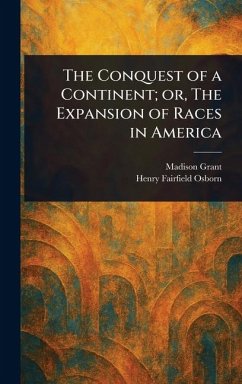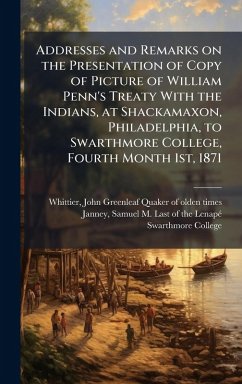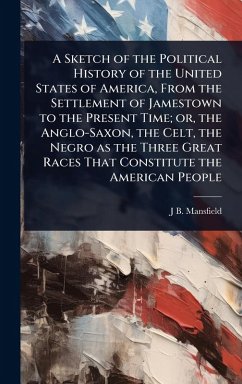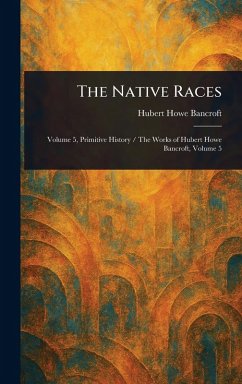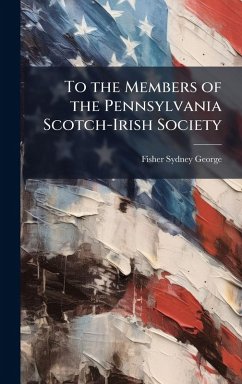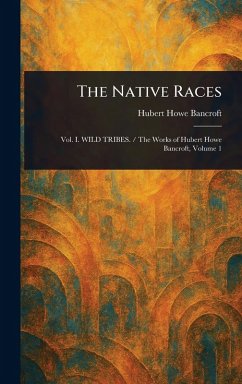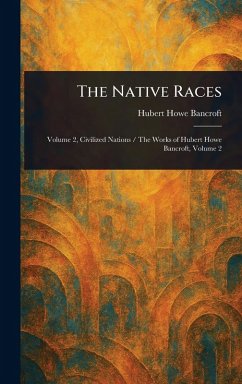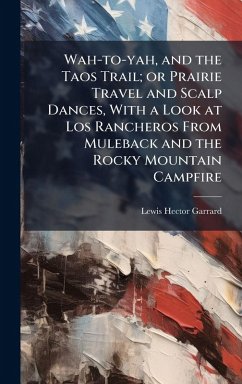
The New York Indian Complex and How to Solve It
Versandkostenfrei!
Versandfertig in über 4 Wochen
26,99 €
inkl. MwSt.
Weitere Ausgaben:

PAYBACK Punkte
13 °P sammeln!
In "The New York Indian Complex and How to Solve It," Arthur Caswell Parker (1881-1955) offers a compelling examination of the historical and social dynamics affecting Native American communities in New York. Written in 1920, the book provides insights into the challenges faced by these communities, as well as potential solutions for fostering better understanding and integration. Parker, a prominent anthropologist and archaeologist, brings his expertise to bear on a complex issue, offering a valuable perspective on the interactions between Native Americans and broader society. This work serve...
In "The New York Indian Complex and How to Solve It," Arthur Caswell Parker (1881-1955) offers a compelling examination of the historical and social dynamics affecting Native American communities in New York. Written in 1920, the book provides insights into the challenges faced by these communities, as well as potential solutions for fostering better understanding and integration. Parker, a prominent anthropologist and archaeologist, brings his expertise to bear on a complex issue, offering a valuable perspective on the interactions between Native Americans and broader society. This work serves as an important historical document, shedding light on early 20th-century perspectives on cultural identity, social justice, and the ongoing dialogue surrounding Native American experiences. This work has been selected by scholars as being culturally important, and is part of the knowledge base of civilization as we know it. This work was reproduced from the original artifact, and remains as true to the original work as possible. Therefore, you will see the original copyright references, library stamps (as most of these works have been housed in our most important libraries around the world), and other notations in the work. This work is in the public domain in the United States of America, and possibly other nations. Within the United States, you may freely copy and distribute this work, as no entity (individual or corporate) has a copyright on the body of the work. As a reproduction of a historical artifact, this work may contain missing or blurred pages, poor pictures, errant marks, etc. Scholars believe, and we concur, that this work is important enough to be preserved, reproduced, and made generally available to the public. We appreciate your support of the preservation process, and thank you for being an important part of keeping this knowledge alive and relevant.



